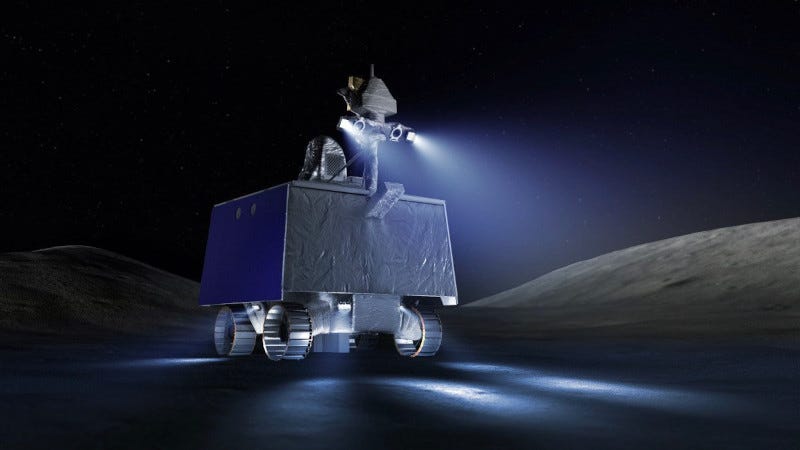VIPER Moon Rover Team Raises Its Mighty Mast
Robotic Rover Being Prepped for a 100 Day Mission
A team of engineers at NASA have raised the mast on NASA’s VIPER robotic moon rover. The tip of VIPER’s mast stands approximately eight feet above its wheel rims and is equipped with a pair of stereo navigation cameras, a pair of powerful LED headlights, as well as a low- and high-gain antenna to transmit data to and receive data from the Deep Space Net…
Keep reading with a 7-day free trial
Subscribe to The Journal of Space Commerce to keep reading this post and get 7 days of free access to the full post archives.



